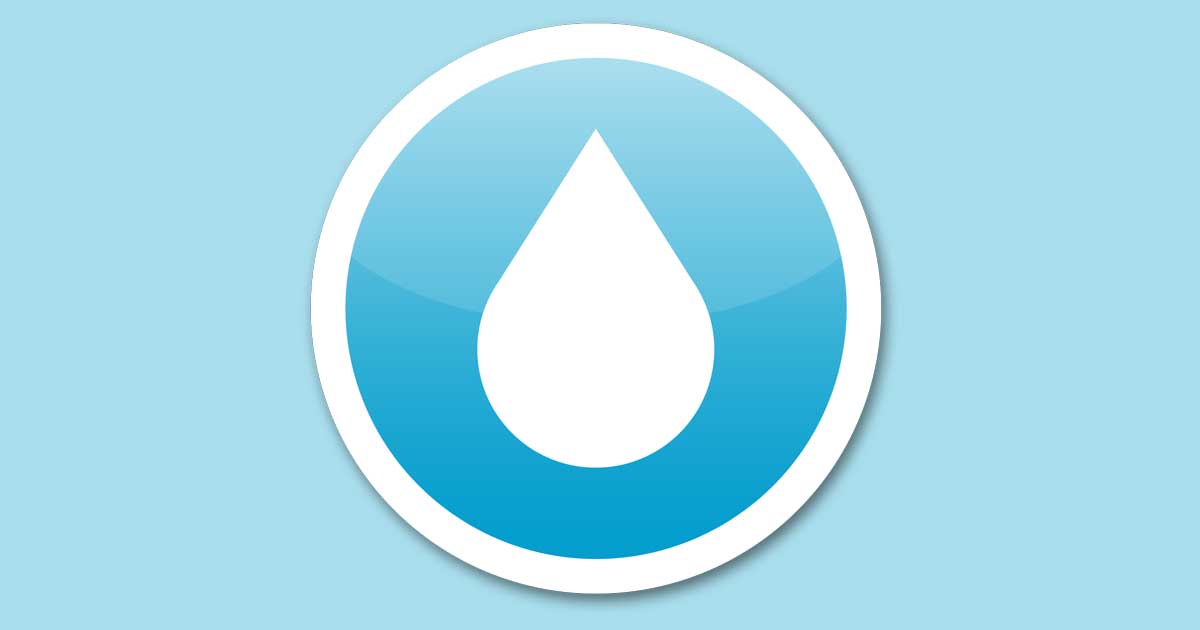Cross Connection Control and Backflow Prevention
Cross connections pose a health risk to the public water supply.
What is a Cross Connection?
A cross connection is an actual connection between a line carrying a public drinking water supply and a line carrying water of unknown or questionable quality. It is also an actual connection between a public drinking water system and any private water system such as a well, pond or holding tank.
What is cross connection/backflow prevention?
Cross Connection Control and Backflow prevention are similar in nature and are designed to prevent the contamination or pollution of the public water supply. In the United States the Environmental Protection Agency (EPA) tasks local water suppliers with a certain level of responsibility to protect the public water supply from backflow situations. Many states and/or local water suppliers require annual testing of backflow prevention assemblies.
Prevention Measures
Rural Water District #14 has a Cross Connection Control and Backflow Prevention Policy adopted by the Board of Directors in place to guide prevention measures. The policy evaluates the degree of hazard and recommends specific devices to reduce the potential of the public water supply becoming contaminated. In addition, on all new meters installed the Water District requires a dual check valve be installed in the meter pit. The dual check valve is a simple version of a backflow prevention devise that prohibits the flow of water from the customer’s water line back into the public water supply. The installation of this backflow preventer, as well as any backflow preventer, created a closed water system beyond the backflow prevention device. Contact your plumbing professional for more information on the effects of a closed water system.
Thermal Expansion
Thermal Expansion is the change in water volume due to the rise in temperature. Thermal expansion occurs when the water heater heats the water in the customer’s pipes and causes it to try to expand. This expansion is often ties relieved by the water heater through its temperature and pressure relief valve by dumping water on the floor. As water heaters age, the T&P valve, will at times not work properly thus causing damage to occur in the water heater when the pressure builds beyond the capabilities of the water heater. In new homes, when water heaters are replaced or when your water meter is fitted with a dual check valve, property owners should contact their plumbing professional and inquire about the installation of a thermal expansion tank. This device will allow for expansion of the water in a closed system. If a customer is unsure if they have a closed system they are urged to contact the Water District and a representative will be scheduled to conduct an onsite inspection.
LAWN IRRIGATION
Backflow Prevention
Lawn irrigation systems are required to have a Reduced Pressure (RPZ) backflow prevention device installed at the point of connection to your water system. Double Check Valves are not an acceptable backflow prevention device.
Testing
All backflow prevention devices must be tested annually. Prior to turning on your lawn irrigation system for the first time or for the season, the backflow prevention assembly must be tested by a certified backflow specialist.
To locate a certified tester contact your plumber or landscape company. The Water District does not recommend individuals or companies to test backflow prevention devices nor do we offer this service to our customers. The Water District does maintain a list of individuals or companies that have tested backflow devices in our service area but it is our customer’s responsibility to verify that they are reputable.
Landscaping
Landscaping adds character to any home or business, but please refrain from placing landscaping near the water meter, fire hydrants or valves. Periodically Water District employees need to have access to these important items for preventative maintenance and general repairs. Some of these repairs require digging and covering the water meter or other important items with your landscaping may adversely be affected by this work.
Why do backflow prevention devices have to be tested annually?
State and Federal regulations require District to prevent contamination of the public water supply. In order to comply with these regulations we require annual testing of all backflow devices.
What is an Air Gap?
It is the distance between the line (hose) and the vessel holding the water (tank, pool, etc). Usually a distance of at least 6” is recommended.
